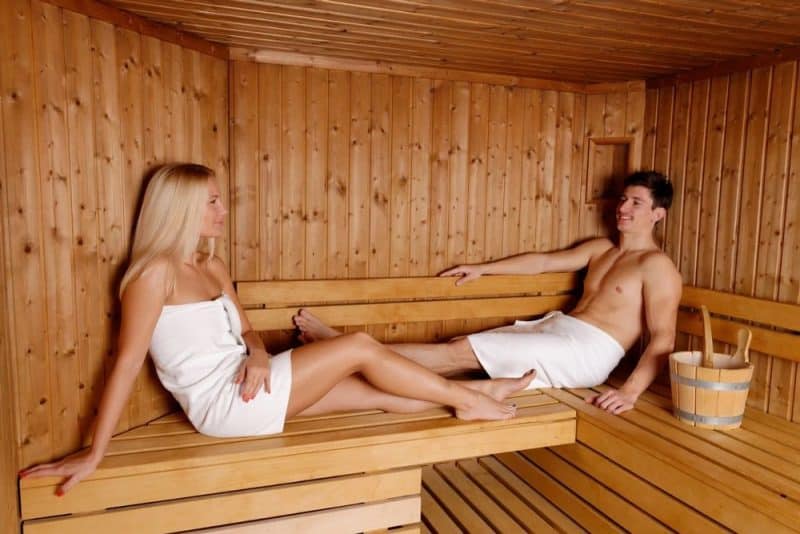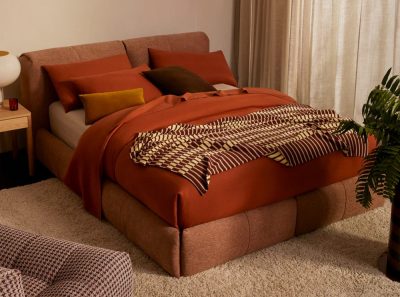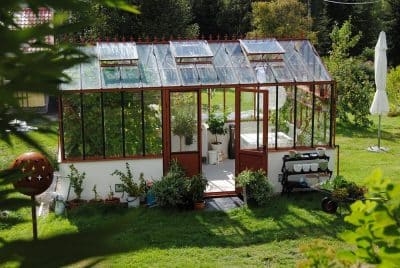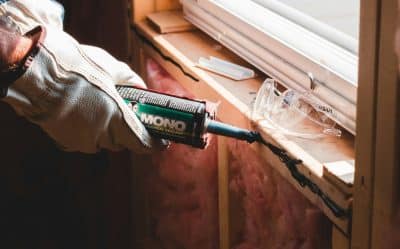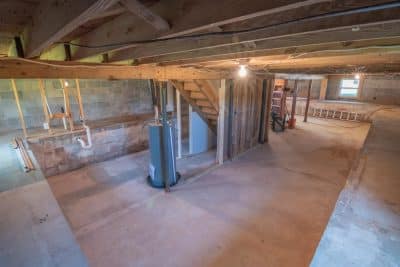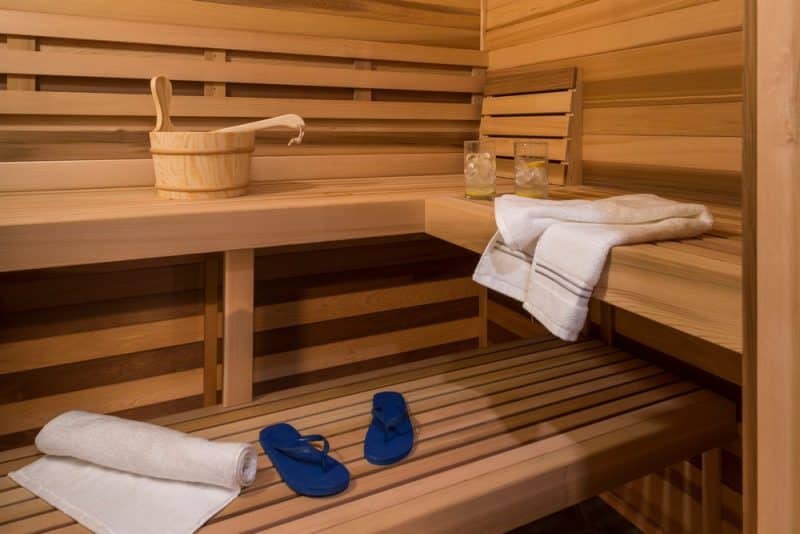
The allure of a home sauna is undeniable. Imagine stepping into a haven of warm wood, enveloped by gentle heat and soft light. A sauna isn’t just a room; it’s a portal to relaxation and rejuvenation. But before you grab your hammer and nails, consider the essential elements of sauna design. This guide will walk you through every step, from space planning to material selection, ensuring your sauna becomes a sanctuary of serenity.
Finding Your Sauna Space
The first step is identifying a suitable location. Ideally, your sauna should be easily accessible but tucked away for privacy. Consider these factors:
- Size: A comfortable sauna typically accommodates 2-3 people. Allow for at least 60 cm of bench width per person. You’ll also need space for a heater, doorway, and comfortable movement. A minimum recommended size is 1.8m x 2.1m (6ft x 7ft).
- Shape: Square or close-to-square layouts promote even heat distribution.
- Ventilation: Ensure proper airflow by choosing a well-ventilated space with access to fresh air.
Planning the Layout
Now comes the fun part – visualizing your sauna’s interior. Sketch a layout that incorporates these key elements:
- Benches: Two tiers are ideal – a lower bench (around 40 cm high) for sitting and a higher bench (around 60 cm) for reclining. Plan for bench depth that allows comfortable legroom when seated. Don’t forget backrests for added comfort!
- Heater Placement: The heater is the heart of your sauna. Electric heaters are easier to install, while wood-fired models offer a more traditional experience. Safety is paramount – factor in clearances around the heater based on manufacturer recommendations.
- Door: Opt for a tempered glass door that allows light penetration while maintaining heat. Ensure the door swings outwards for easy exit.
- Lighting: Harsh lighting is a no-no. Incorporate soft, indirect lighting, like recessed lights with wood covers, to create a calming atmosphere.
Material Selection: Building with Comfort and Safety
The materials you choose significantly impact the sauna experience and durability. Here’s a breakdown of key considerations:
- Wood: The quintessential sauna material. Select heat-resistant, low-resin woods like spruce, aspen, or cedar. Avoid pine due to its higher sap content.
- Walls and Ceiling: Spruce or aspen are popular choices for walls and ceilings due to their affordability and insulating properties. Cedar offers a more luxurious feel but comes at a higher price point.
- Flooring: Waterproof wood like cedar or thermally treated ash is ideal for flooring. A slight slope towards a drain helps with water drainage.
- Vapor Barrier: Line the interior walls and ceiling with a high-quality vapor barrier to prevent moisture from damaging the wood structure.
Heating Your Sauna: Electric vs. Wood-Fired
The choice of heater depends on your preferences and resources:
- Electric Heaters: Easy to install and maintain, electric heaters provide consistent heat with precise temperature control using a thermostat.
- Wood-Fired Heaters: Offer a more traditional sauna experience with a radiant heat feel. However, they require a separate chimney flue and more maintenance.
Ventilation: Ensuring Fresh Air Circulation
Proper ventilation is crucial for a comfortable and safe sauna experience. Here’s what you need to know:
- Air Intake: Fresh air inlets should be positioned near the floor on opposite walls to promote air circulation.
- Exhaust Vent: An exhaust vent positioned high on the opposite wall from the heater draws out hot, humid air.
Adding the Finishing Touches: Comfort and Ambiance
Once the core elements are in place, personalize your sauna with these details:
- Sauna Stones: Volcanic rocks like granite or basalt are placed on the heater to retain heat and disperse it efficiently when water is ladled on.
- Sauna Buckets and Ladles: A wooden bucket and ladle set allows you to control the humidity by pouring water on the hot stones.
- Thermometer and Hygrometer: Monitor the temperature and humidity levels for a safe and enjoyable sauna session.
- Floor Drain: A properly sealed floor drain ensures water removal after each use.
- Accessories: Consider adding comfortable headrests, backrests, and footrests for enhanced relaxation.
Building Regulations and Safety Considerations
Always consult with a qualified professional to ensure your sauna complies with local building codes and safety regulations. Key safety points include:
- Electrical Safety: For electric heaters, ensure proper electrical wiring and installation by a licensed electrician.
- Clearances: Maintain safe clearances around the heater based on manufacturer recommendations.
- Wood Treatment: Apply a heat-resistant sealant to untreated wood surfaces to enhance durability.
Building Your Dream Sauna: DIY vs. Hiring a Professional vs. Buying a Pre-Built Sauna
Building a sauna can be a rewarding DIY project, but it requires carpentry skills and knowledge of electrical work (for electric heaters). If you’re unsure about tackling the project yourself, consider hiring a professional contractor experienced in sauna construction. Another option is to buy a ready-made sauna, which is the easiest and most comfortable solution. Here you can see the best saunas for home
Enjoying Your Personal Oasis
With careful planning and execution, your home sauna can become a haven for relaxation and rejuvenation. Here are some tips for maximizing your sauna experience:
- Preparation: Shower beforehand to remove dirt and oils. Pat yourself dry, but leave some moisture on your skin for optimal heat absorption.
- Hydration: Drink plenty of water before, during, and after your sauna session to stay hydrated.
- Sauna Etiquette: Maintain a comfortable temperature (typically between 150-195°F) and listen to your body. Limit sessions to 15-20 minutes at a time, and cool down gradually afterwards.
By following these guidelines, you can transform your vision into a reality, crafting a sauna that is both beautiful and functional. So, step into your sanctuary, breathe deeply, and let the stress melt away.
